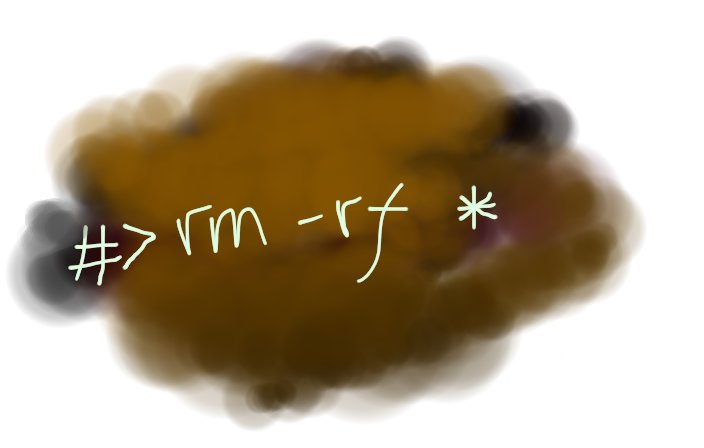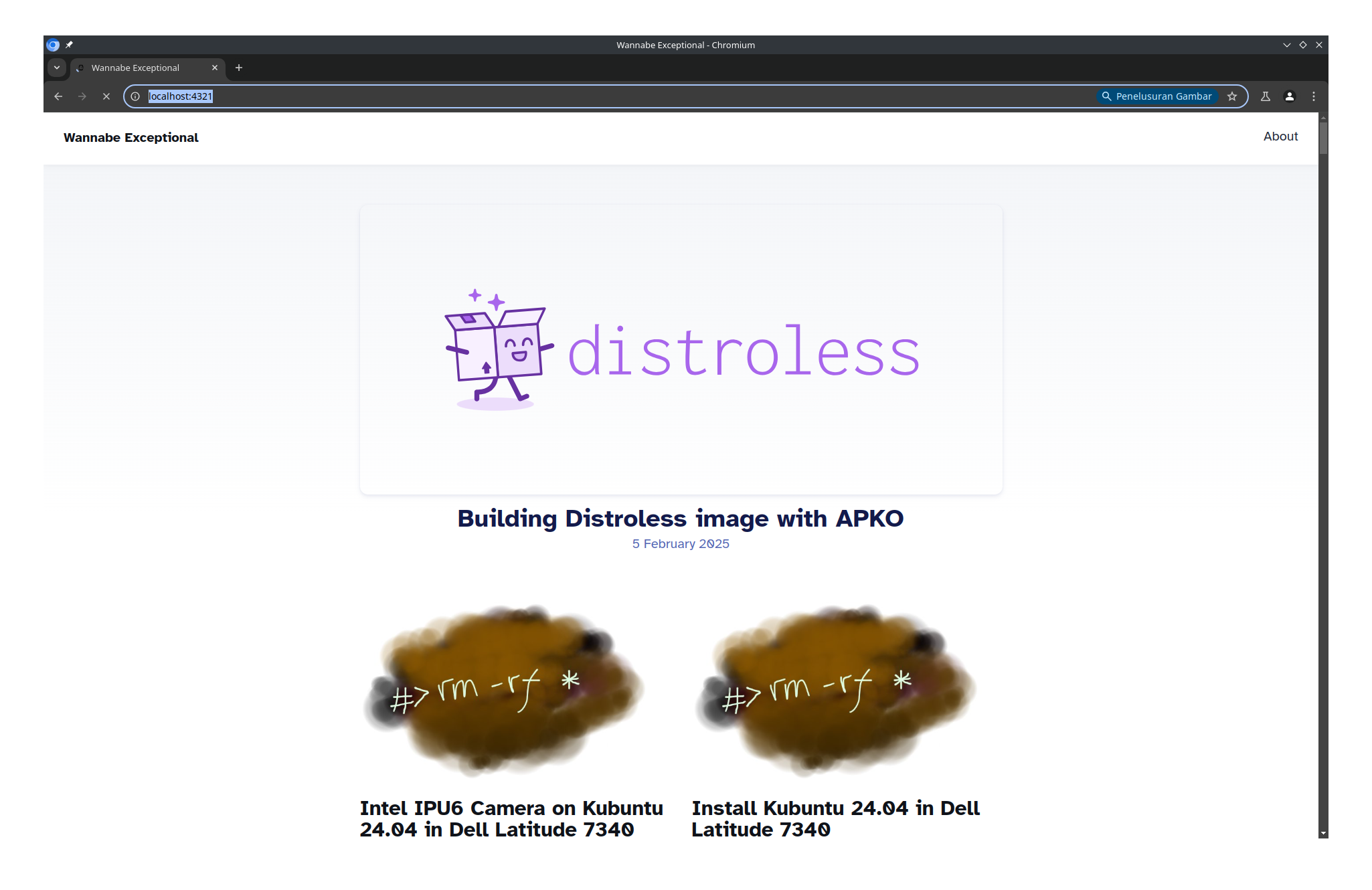Building llama.cpp with Intel OneMKL can provide significant performance improvements on Intel CPUs by utilizing the AVX_VNNI instruction set, even on processors that do not support AVX512. This guide will walk you through the process.
Please note that this build configuration does not support Intel GPU. For Intel GPU support, please refer to llama.cpp for SYCL.
My CPU
I am using a DELL Latitude 13” 7340 I7 1365 with 16GB of RAM. It has Intel Iris and vPro extension. My CPU only comes with avx avx2 avx_vnni extensions. This ain’t CUDA nor ROCm. Fortunately, Intel has something to offer.
Install Intel OneMKL Library.
NOTE: This will install a total of 17GB of toolkits.
These commands are based on the article in Intel OneMKL offline installation via command line
I added -c in the wget command so we can continue if we get disconnected from the download.
wget -c https://registrationcenter-download.intel.com/akdlm/IRC_NAS/3b7a16b3-a7b0-460f-be16-de0d64fa6b1e/intel-oneapi-base-toolkit-2025.2.1.44_offline.sh
sudo sh ./intel-oneapi-base-toolkit-2025.2.1.44_offline.sh -a --silent --cli --eula accept
For detailed and up-to-date requirements, please refer to the official Intel oneAPI Base Toolkit documentation.
Install Additional Dependencies
I’m using Ubuntu 25.04, but this is actually commands for other versions of Ubuntu.
sudo apt update
sudo apt -y install cmake pkg-config build-essential
sudo apt -y install libcurlpp-dev
sudo apt -y install libjemalloc-dev
• cmake: Build system generator for configuring and compiling llama.cpp projects.
• pkg-config: Tool for managing library compile/link flags, essential for dependency
resolution.
• build-essential: Meta-package providing core build tools (gcc, g++, make) for C/C++ compilation.
• libcurlpp-dev: C++ wrapper for libcurl, enabling HTTP requests (e.g., downloading models from Hugging Face).
• libjemalloc-dev: Development headers for jemalloc, a high-performance memory allocator for better memory management.
NOTE: I did a comparison between jemalloc, tcmalloc, hoard, ptmalloc few years back and found out that jemalloc is the most stable and powerful of all for managing memory. Memory fragmentation is the enemy of app with exhaustive memory usage like llama.cpp.
Compile App
By default, GGML_BLAS_VENDOR is set to Generic, so if you have already sourced the Intel environment script and set -DGGML_BLAS=ON in CMake, the MKL version of BLAS will be automatically selected. Otherwise, you will need to install oneAPI and follow these steps:
source /opt/intel/oneapi/setvars.sh
cmake -B build -DGGML_BLAS=ON -DGGML_BLAS_VENDOR=Intel10_64lp -DCMAKE_C_COMPILER=icx -DCMAKE_CXX_COMPILER=icpx -DGGML_NATIVE=ON -DCMAKE_EXE_LINKER_FLAGS="-ljemalloc"
cmake --build build --config Release -j$(nproc)
Check for Jemalloc:
$ ldd ./build/bin/llama-cli | grep jemalloc
libjemalloc.so.2 => /lib/x86_64-linux-gnu/libjemalloc.so.2 (0x000074ba0fc00000)
Installing the Binaries
While llama.cpp does not provide a standard installation script (make install), you need to manually place the compiled binaries. I opt for put the bin directory in build into a local directory and add it to your system’s PATH. The reason why I don’t put it in the general bin directory is because it has a lot of binaries and libraries.
Here’s a common way to do it:
-
Create a directory to store the
llama.cppbinaries. We’ll use~/.local/share/llama.cpp.mkdir -p ~/.local/share/llama.cpp -
Copy the compiled binaries from the
build/bindirectory to the newly created directory.cp -a build/bin/ ~/.local/share/llama.cpp/ -
Add the new directory to your
PATH. This command appends a line to your.bashrcfile, so thePATHis updated automatically in future terminal sessions.echo 'export PATH=$PATH:$HOME/.local/share/llama.cpp/bin' >> ~/.bashrc -
Apply the changes to your current terminal session.
source ~/.bashrc
Now, you can verify that the installation was successful by checking the version of llama-cli:
$ llama-cli --version
version: 6294 (bcbddcd5)
built with Intel(R) oneAPI DPC++/C++ Compiler 2025.2.1 (2025.2.0.20250806) for x86_64-unknown-linux-gnu
The output confirms that the llama-cli command is now accessible and that it was compiled with the Intel compiler.
Running a Model
With llama.cpp installed, you can now run a model. The llama-cli tool can automatically download a model from Hugging Face and run it.
If you are using a new terminal, you need to setup Intel OneMKL libraries once:
source /opt/intel/oneapi/setvars.sh
Now you are ready to run the mode. Here is an example command to run Qwen/Qwen3-8B-GGUF:
llama-cli -hf Qwen/Qwen3-8B-GGUF:Q4_K_M --jinja --color -c 4096 -n 1024 -t 8 --temp 0.6 --presence-penalty 1.5 --no-context-shift
Here’s a breakdown of the parameters used in this command:
-hf Qwen/Qwen3-8B-GGUF:Q4_K_M: Downloads the model from the Hugging Face repositoryQwen/Qwen3-8B-GGUFusing theQ4_K_Mquantization.--jinja: Uses the Jinja2 chat template for formatting the prompt, which is required for some models.--color: Enables colorized output for better readability.-c 4096: Sets the context size to 4096 tokens.-n 1024: Sets the maximum number of tokens to generate to 1024.-t 8: Uses 8 threads for processing.--temp 0.6: Sets the temperature for sampling. A lower value makes the output more deterministic.--presence-penalty 1.5: Applies a penalty to repeated tokens to encourage the model to generate more diverse text.--no-context-shift: Prevents the context from being shifted when the prompt is too long.



